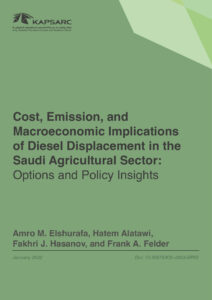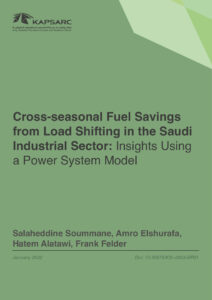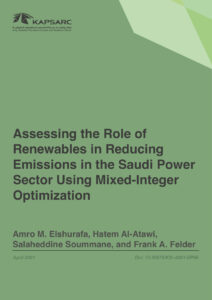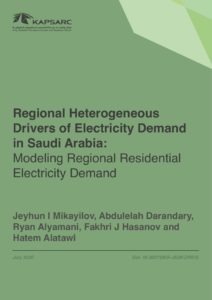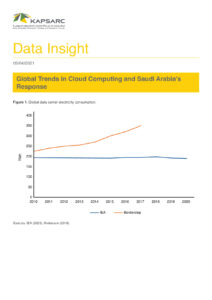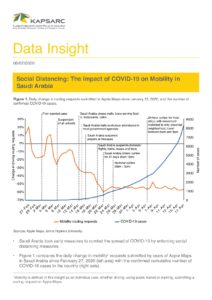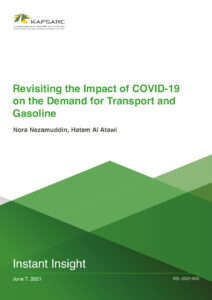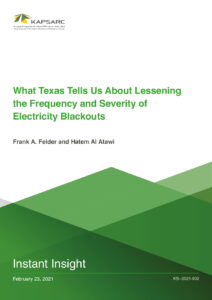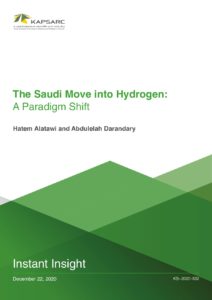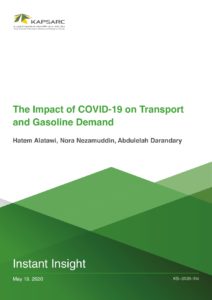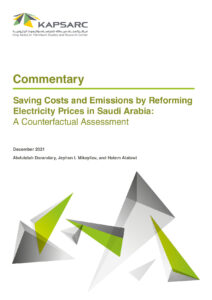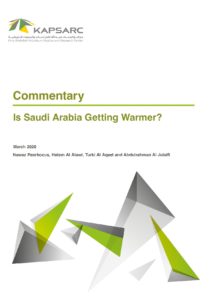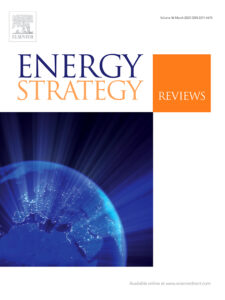Hatem is senior research analyst at KAPSARC. He holds a master’s degree in power system economics, with a focus on electricity markets, from the KTH Royal Institute of Technology, Sweden. He also holds a bachelor’s degree in electrical engineering from the University of Idaho.
Before joining KAPSARC, Hatem worked within various industries. He interned at ABB Västerås in Sweden, where he worked on electric vehicle asset management under the Swedish transport administration’s electric road systems project. Hatem also worked at Schweitzer Engineering Laboratories in Washington state, where he modeled speed governors and prime movers for hydro and gas turbines.

